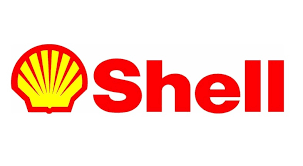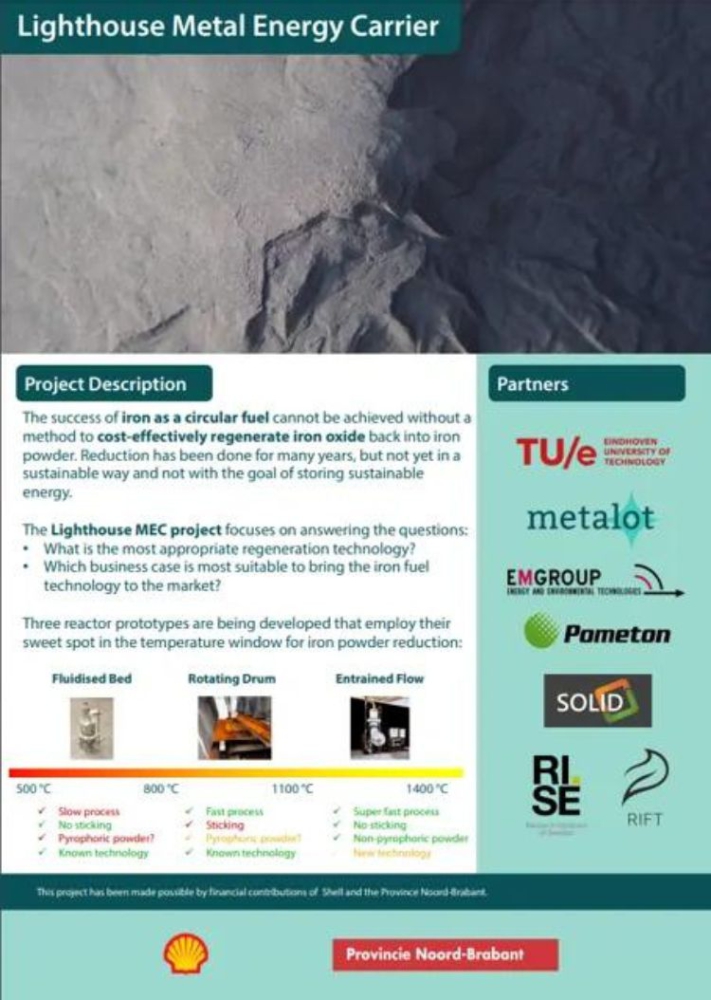The success of iron as a circular fuel isn’t possible without a method where iron oxide is regenerated back to iron fuel in a cost-efficient way. Reduction is done for years, but not in a sustainable way and with the purpose to store sustainable energy. That is why, in January 2020, the Metal Energy Carrier-project started to answer the question: what is the most suitable regeneration technology and which business case is the most suitable to bring iron fuel technology to the market?
The project of 1.4 million euros, financially supported by the province of Noord-Brabant and Shell, aims to compare different regeneration technologies on a technical-economical level. The study is supported by real-life experiments with installations that use a well-considered technology and whereof some are currently in development. The outcomes of the experiments serve as a base of the technical-economical feasibility study, which in turn will offer support to commercialize the business case of iron fuel on a big scale.
Eindhoven University of Technology, Metalot, Pometon, EM Group, RISE ETC, Shell, SOLID, RIFT, Veolia and HeatPower jointly developed a vision document. The vision document discusses the application and potential, the current status and roadmap. In addition, a feasibility study was carried out by TNO. These documents can be consulted via the buttons on the right.
This project is made possible thanks to the province of Noord-Brabant and Shell.



A central website in which all information about Iron Power, the active parties and the projects is visible. Metalot acts as an independent, non-commercial player in the role of community builder.
We aim for a launch in march 2025.